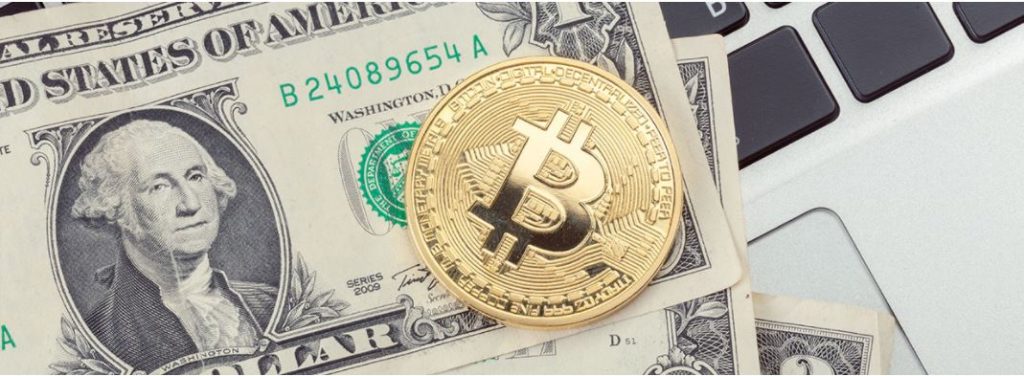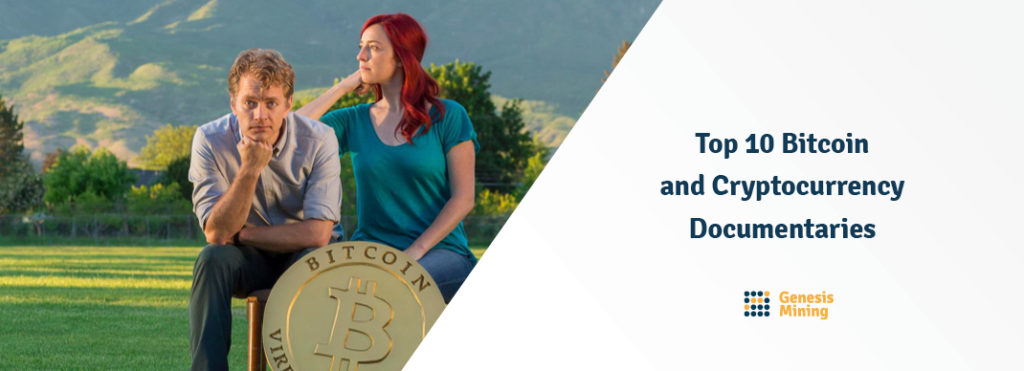Take a moment to imagine the perfect currency – what traits would it have? Fungibility, for sure; portability, perhaps? It would need to be durable, divisible, decentralized. Immune to forgery and counterfeit with a predictable supply. Governments would have no sovereignty over it, and most importantly, it would be adaptable. The perfect currency still doesn’t exist, of course – but Bitcoin is not far off.
It started in 2008: a user by the name of Satoshi Nakamoto published a white paper detailing a form of electronic cash. The idea wasn’t entirely revolutionary – b-cash, bit gold, and others had flirted with similar ideas. But Bitcoin brought with it decentralization, in a time when the financial crisis had struck and recession was lurking.
It was peer controlled, Satoshi detailed: users wouldn’t need to trust in a government or financial institution to verify Bitcoin’s legitimacy. It was limited, Satoshi wrote: 21 million would be created – no more, no less. It was portable and private and easily sent or spent. All it needed was widespread adoption to become successful; in 2016, with big names like Microsoft and NewEgg accepting it, it’s safe to say it has.
Of course, skepticism remains. It can be hard for a newcomer to understand why they should invest in cryptocurrencies, when the tried and tested gold bar exists, or government-issued currency has served them without issue.
Compare them, however, and it becomes clear why Bitcoin is a smart investment.
Fungibility
Bitcoin: 1 | Fiat: 1 | Gold: 1
Fungibility is synonymous with interchangeability. If you have ten dollars, it can be exchanged for any combination that adds up to ten: two five dollar bills, or five two dollar bills. It also means that every dollar is equal in value, no matter its source.
Each form of money must be fungible to work. Fiat is fungible by law; gold is fungible by science; Bitcoin is fungible by design.
Portability
Bitcoin: 1 | Fiat: 1 | Gold: 0
Physical goods are appealing – you can touch them and physically confirm you own them. But it comes with a whole host of other problems: how do you store it safely? Do you place it in a vault; or do you entrust it with a bank? How do you send it from country to country with minimal cost, delay, and effort?
A bar of gold in your wallet is not practical for day-to-day transactions, and shipping is slow and not always secure. Fiat tackled this issue with debit and credit – a card has replaced a stack of notes, though international transfers are still delayed. Bitcoin, on the other hand, is near-instantaneous. Sending a Bitcoin across borders is as easy as sending them across the street – no bank to wait on, miniscule fees, and no special limitations on the minimum (or maximum) amount you can send.
Durability
Bitcoin: 1 | Fiat: 0 | Gold: 1
Gold is durable: it can survive being melted, mined, and manipulated. Fiat is fragile: it can be burned or vandalized – rendering it useless. But Bitcoin, being digital, is durable. In fact, your wallet doesn’t hold Bitcoins – it holds the keys to spend a Bitcoin. A Bitcoin is really nothing more than a balance recorded on a publically shared ledger – without the key, no one can spend them. Of course, this means you’ll need to take care never to share your keys (and back them up appropriately) – thankfully, most apps and wallets make this easy.
Divisibility
Bitcoin: 1 | Fiat: 1 | Gold: 0
How do you pay for a loaf of bread with a bar of gold? Sure, you can shave off a dollar-and-a-half’s worth of gold, but how do you do that without a scale and a tool at the supermarket? Fiat is divisible to two decimal points – you can break it down into cents and pay for things without issue. Bitcoin takes it a step further: it’s divisible by eight decimal points. Even if only one-hundred Bitcoins were in circulation, it could still be used due to how small it can be broken down.
Scarcity
Bitcoin: 1 | Fiat: 0 | Gold: 1
Bitcoin is limited. 21 million coins are created – and that’s it. Fiat, on the other hand, has no hard limit. It’s printed as needed, and can be created at any time on a government’s whim. The effects can be disastrous: the most well known case is Zimbabwe’s hyperinflation in 2006, caused by 20.5 trillion Zimbabwean dollars being printed. The price of bread went up to ten-million dollars; a sausage sandwich was a mere thirty-million dollars. Gold scarcity is not predictable to an exact amount like Bitcoin, but it is assumed: there’s a finite amount of resources, after all (at least, here on Earth).
Security
Bitcoin: 1 | Fiat: 0 | Gold: 0
Gold can be counterfeited: There are tests to tell purity, but with no access to scales, magnets or acids, how do you tell that it is indeed legit? Fiat shares this problem; some counterfeit bills are so flawless that it can be difficult to assuage its authenticity even under expert conditions.
But Bitcoin is impossible to forge. How? It’s thanks to the heart of cryptocurrencies, and what makes them so exciting: the block chain.
Whenever a Bitcoin is sent, the bitcoin network makes a note of this transaction. It collects all the transactions made during a certain period and puts them into a ‘block’. Miners – like us! – then have a job: confirm these transactions, make sure they’re legitimate, and write them to the general public ledger: The Blockchain.
But how do we verify that general ledger? It has to be trusted, and it’s held digitally, so how do we know it was never tampered with? Well, miners take these blocks of transactions (and some other pieces of data) and put it through a mathematical process. At the end, they get something known as a ‘hash’. This hash becomes a digital version of a wax seal: it confirms that this block is legitimate, and every block after it, too!
And the best part? Miners are rewarded for keeping the ledger clean. Each time someone successfully creates a hash, they’re rewarded with 12.5 Bitcoins. The blockchain is updated; the results are broadcast; the mining continues.
The Final Score
Bitcoin: 6 | Fiat: 3 | Gold: 3
Gold is the strength to fiat’s weakness (and vice versa), but Bitcoin is their sum. It’s easy to see why people have invested in gold for so long, but as things move toward the digital world, it becomes clear to see that a change in currency is needed.
Of course, that’s not to say gold won’t have it’s place. After all, it’s backed by more than three-thousand years of historical value; Bitcoin is backed by only eight. It’s important to understand that Bitcoin is a replacement for fiat money, but for now, it won’t be a replacement for precious metals. At least, not until we can wear Bitcoins as bling!
If you’d like to invest in gold, you can visit our partner, Swiss Gold Global.
If you’d like to start mining Bitcoin, you can grab a lifetime mining plan from Genesis Mining for as low as 30 USD!





